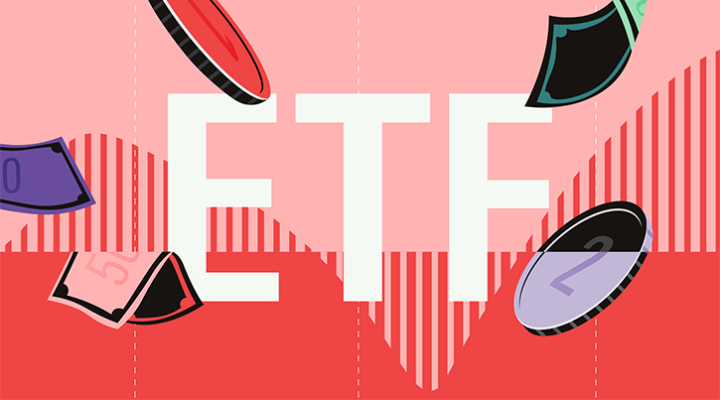
The Bank of England's next monetary policy decision is due at midday on Thursday.
Financial markets are forecasting interest rates will be cut from 5.25% to 5%, the first reduction since 2020. But the decision hangs very much in the balance: there's a 40% chance the Bank will hold rates again, as indicated by overnight index swaps. FactSet consensus has the Bank cutting rates to 5%.
UK interest rates have held at 5.25% since August 2023, having risen sharply from 0.1% in December 2021. In this period, CPI inflation peaked at 11.1% in October 2022, before falling to the 2% target in May 2024, where it remains.
At its last meeting in June, members of the Monetary Policy Committee (MPC) voted to hold rates at 5.25%. Seven monetary policy committee members voted for no change, while two voted for a 0.25 percentage point cut. This was the same voting pattern seen at the MPC's May meeting. August is likely to see more members move to the "cut" camp, but it might not be enough to sway the vote in favour of a change.
The decision will be a very close call, argues Pimco economist Peder Beck-Friis, who expects two interest rate cuts this year, whether fall in August or September: "Core inflation is likely to fall ahead as pandemic-related effects fade, policy remains tight, and the labour market rebalances."
The Bank of England is not the only central bank with a difficult decision to make: the Federal Reserve is forecast to hold rates, as is the Bank of Japan. The European Central Bank cut rates by 0.25 percentage points in June, but its governing council is not set to meet again until September 12.
Will The Bank of England Cut Interest Rates?
After the last meeting on June 20, expectations were raised that August 1 would see a rate cut because of the wording of the accompanying statement, which said the next decision would be "finely balanced."
These expectations have since been tempered because consumer prices index (CPI) inflation didn't fall further in June – despite hitting the official 2% target in May. What's more, core CPI remains a concern for policymakers because it is higher than the headline rate, which includes more volatile energy and food prices. Core CPI was forecast to fall to 3.4% in June but remained at 3.5%, the same as in May.
Other data points are also a cause for concern. June's headline inflation rate was 2%, unchanged from May. Services inflation held at 5.7%, another reason for policymakers to exercise caution, UK economists say.
Strong wage growth may also put the jitters on MPC members waiting for "more evidence of diminishing inflation persistence", as June's announcement put it. In the three months to May, wages excluding bonuses rose 5.7%, although this was down from 6% in the three months to April. This is a legacy of the post-pandemic era when employees could bargain for higher wages amid labour shortages and rising inflation.
Inflation Soared, Then Fell. Will it Rise Again?
The next UK inflation data drop is due on August 17, so another fall in CPI could, in theory, set up policymakers for a cut at the MPC's September 19 meeting. The Bank of England is expecting CPI to rise again towards the end of the year as favourable comparisons with 2023 data disappear in the rearview mirror.
The August interest rate decision will be accompanied by the quarterly monetary policy report and press conference, which will present new forecasts for inflation and growth. It will be the first MPC meeting since the July election, which put Labour back in power for the first time in 14 years.
While the Bank is politically independent, its forecasts will have to take into account the different fiscal approach of the new Labour administration. Chancellor Rachel Reeves is currently reviewing government department spending, and has warned of a £20 billion "black hole" in the public finances. This will either require reduced spending or higher taxes – or both. Regardless, each tends to weigh on economic growth, so expect revised assumptions and carefully-worded appraisals.



























